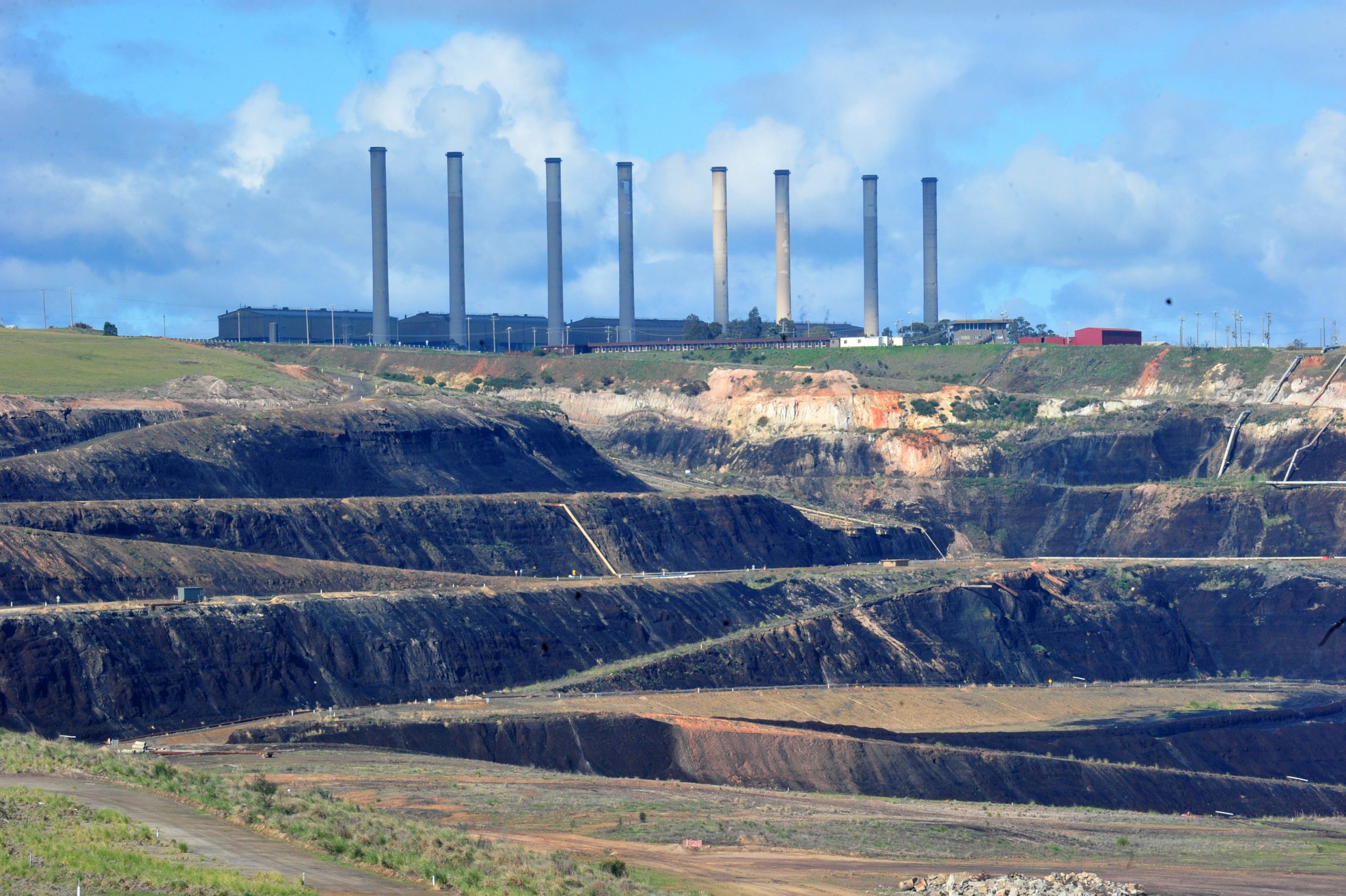A Federation University professor says there is no evidence to suggest exposure to PFAS located at Hazelwood Power Station and cooling pond would lead to long-term health problems.
Earlier this week a Fairfax Media investigation revealed 16 sites across the state where elevated levels of per- and polyfluoroalkyl chemicals – known as PFAS – had been detected.
Sites in Gippsland included CFA Fulham, the RAAF base at East Sale, Esso Longford and Hazelwood pondage, which was closed earlier in the month due to structural concerns with the dam’s walls.
According to the Australian Health Protection Principal Committee, PFAS is a group of manufactured chemicals used since the 1950s in a range of common household products, some industrial processes and in some types of firefighting foam.
Site owner ENGIE has maintained the pondage was not closed due to PFAS concentrations located at the site and said there was no risk to the community following tests which detected low levels of PFAS at the site.
Federation University Carbon Technology Research Centre associate Professor Vince Verheyen said while the “absolute value” of contamination was unknown, there was no “conclusive or consistent evidence” to show exposure led to health problems.
In a statement, ENGIE said concentrations found in the station and cooling pond were below human health guidance values and there was no risk to the community from “normal activities” around the station or pond.
“We don’t know the absolute values but it’s good news as they are measured at below very conservative guidelines,” associate professor Verheyen told The Express.
“The test methods are extremely sensitive and can detect sub-parts per trillion of these chemicals. There is no conclusive or consistent evidence that exposure to PFAS – let alone at these levels – leads to long term health problems.
“This is an active research topic around the world. Much is being done to work out how to immobilise and eliminate them as well as how they affect humans.”
ENGIE said concentrations of PFAS found in soil on the power station site were below soil criteria guidelines for industrial land uses, while concentrations in the cooling pond were reported below drinking water and recreational water guideline values.
Associate professor Verheyen said while the chemicals had been banned or heavily restricted due to their toxicity, the chance of exposure was unlikely.
“You are more likely to get exposed to PFAS from inside your home and car than from any local industry source,” he said.
“Here in the Valley the organic structure of brown coal may actually be very good at immobilising PFAS due to its high moisture, surface area and porosity.”
Monash University School of Chemistry Emeritus Professor Glen Deacon said information provided by station owner ENGIE indicated there should be no risk to health.
“One is taking their [statement] at face value and there’s no reason not to, normally one would have to accept these criteria and assume that the information provided is accurate,” Emeritus Professor Deacon said.
“If it is below the permitted level I would’ve said that’s the end of the story unless you want to challenge the view that any level of anything that demonstrates some of level toxicity is harmful.”











